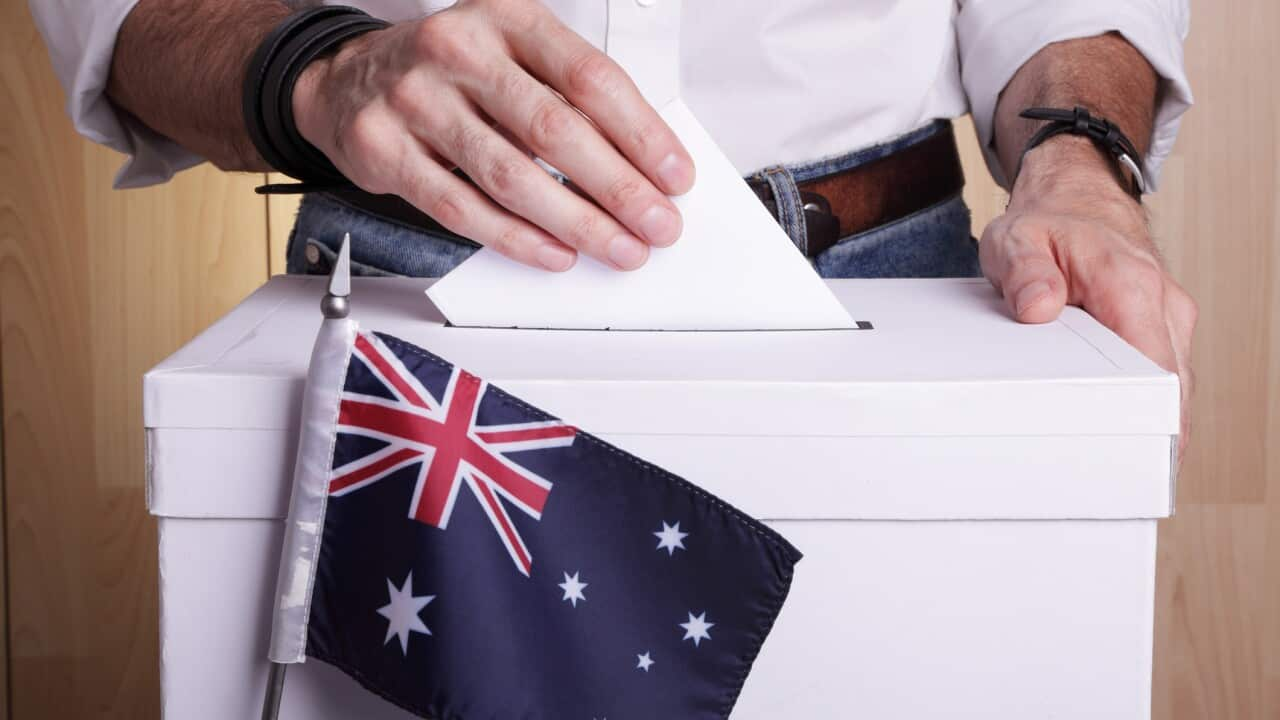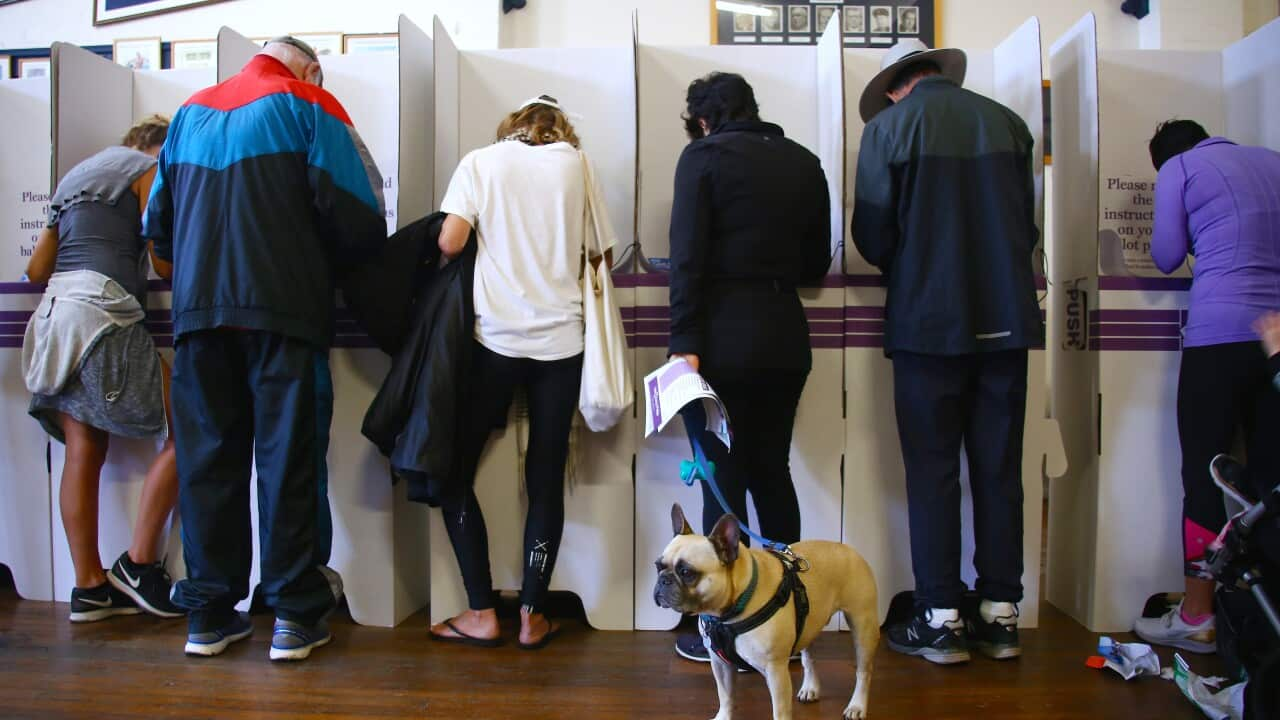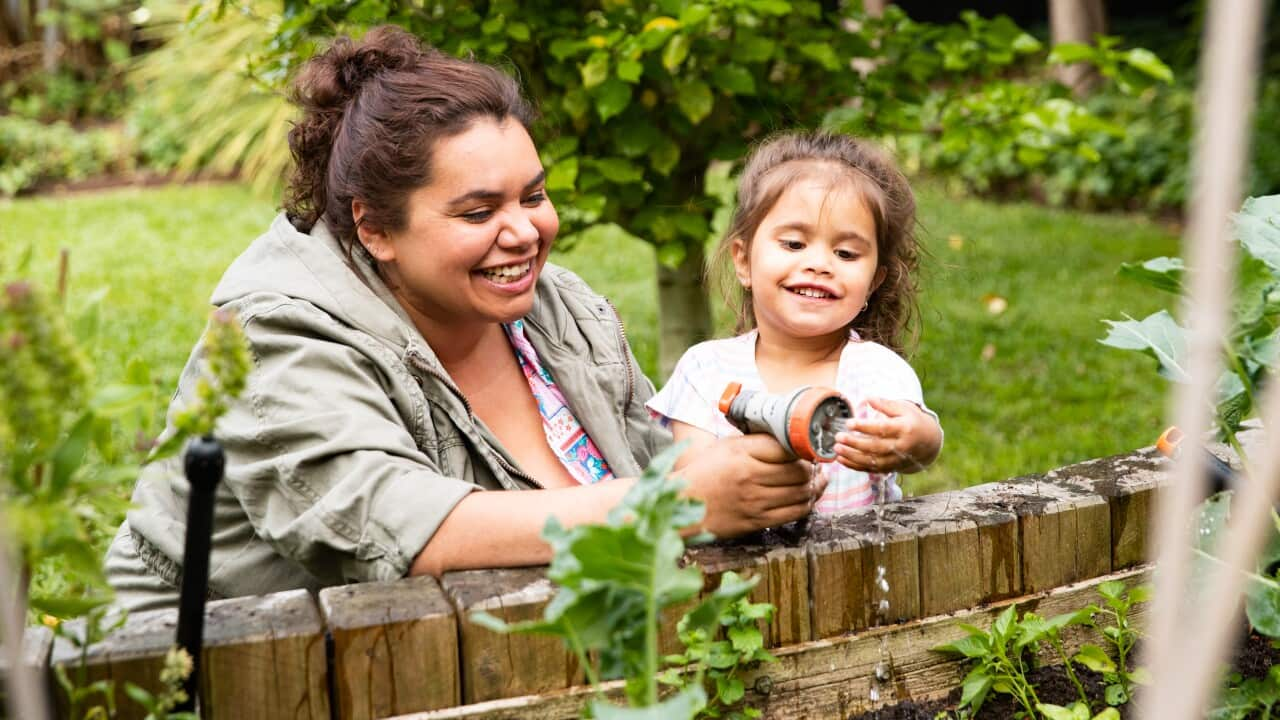Key Points
- The AEC provides tools to help you find your electorate and polling centre.
- Multiple voting options are available before and on election day.
- Voting information is available in multiple languages.
- The AEC provides a telephone interpreter service to help you cast your vote.
Australia has an independent body that manages the electoral system. It is the role of the Australian Electoral Commission (AEC) to ensure that all eligible citizens can vote and help shape our federal government.
Identify your electorate
There are 150 federal electoral divisions in Australia. The AEC provides an online tool to help identify which electorate you live in. To find your electorate visit .
Find your polling place
The AEC runs thousands of polling places. Local schools, community centres and church halls commonly transform into polling centres on election day.
“To find your nearest one is super easy,” AEC spokesperson Jess Lilley says.
“You’ll be able to input your suburb and postcode, and our tool will help you find who your candidates are and where you can vote.”
The easiest way to vote is to visit your local polling place on election day, which always falls on a Saturday.
Mobile teams also visit voters in residential care, remote communities, hospitals and prisons.

Election corflute signs are seen at the polling booth for the Werribee by-elections at Werribee in Melbourne. Source: AAP / DIEGO FEDELE/AAPIMAGE
Vote in your language
You can have someone accompany you if you need help. A is also available to help you cast your vote in your language.
Other ways to vote
Early voting centres open in the weeks leading up to polling day.
Interstate and overseas voting
There’s no problem if you plan to be interstate. You can use a postal vote or visit an interstate voting centre.
You can even vote if you’re overseas. are available on the AEC website, alongside options that cater for your individual circumstances. Some Australian High Commissions provide voting centres.

A dog stands as voters cast their ballots at a polling station during a federal election in Sydney, Australia, on Saturday, May 18, 2019. Credit: Bloomberg/Bloomberg via Getty Images
Information distribution
Political parties and independents distribute information outside polling places. But don’t let them mislead you, electoral analyst William Bowe says.
“Parties hand out ‘how to vote’ cards at polling booths on election day that recommend you fill out your ballot paper a certain way. You don’t have to vote that way. It’s just a recommendation.”
Cast your vote
You will receive one green and one white ballot paper.
Green ballot
The green ballot paper is to vote for one candidate in your electorate to join the House of Representatives (the Lower House of parliament).
There are 150 seats in the House of Representatives, representing each electorate. The party that wins the most seats in the Lower House forms government.
“While people usually think of an election in terms of choosing the national leader, the national leader [Prime Minister] will be the leader of the party who wins the most seats in parliament, so you will not be voting for that leader directly,” Mr Bowe says.
To vote on the green ballot you write the number ‘1’ next to your preferred candidate, then ‘2’ next to your second choice and continue until all the boxes are numbered.
White ballot
The white ballot paper is to elect one of 76 seats in the Senate (Upper House). You’ll vote to elect a senator from your own state or territory.
Voting for the Senate is slightly different. The enormous ballot papers can look daunting as they include all candidates for your state.
“But voting can be quite simple,” Mr Bowe explains.
“There are two ways you can do it. There are boxes above the line and boxes below the line. Above the line there is one for each party. The quickest and simplest way to vote is to pick your six favourite parties and number them in order of your preference from one to six. If you are particular about which candidates you want to vote for, you can number a lot more boxes below the line. If you vote below the line, you must number at least 12 boxes.”
Numbering the boxes in your preferred order aims to make your vote go further. This is called ‘preferential voting’.
“If the person you vote number one is struck out of the count, then your vote will flow on to your next preference, and so on, until it is counted towards a candidate,” AEC spokesperson Evan Ekin-Smyth says.

A ballot box is seen inside the voting centre at Collingwood in Melbourne, Saturday, October 14, 2023. Credit: CON CHRONIS/AAPIMAGE
Informal votes
Be sure to follow the voting instructions carefully. If your ballot paper isn't completed correctly, it becomes an ‘informal vote’ and is not counted towards the election result.
What happens if you don’t vote?
Voting is compulsory. Valid reasons for not voting are at the discretion of the AEC who will assess your specific circumstances. The AEC understands that some people who are overseas may not be able to vote, for example.
“If anybody enrolled doesn’t vote, they could be issued with a non-voter notice,” Mr Ekin-Smyth explains.
“If you have a valid reason, that’s fine. You just let us know. Otherwise, you pay the $20 fine. If we don’t get a response, you could end up in court with a $170 fee plus court costs.”
The real penalty however is missing out on having your say, so always do some research and turn up to cast an informed vote.
AEC disinformation register
The AEC is independent and impartial, and the election process is extremely robust. The AEC has launched its to address misleading and deceptive information surrounding the Australian election process.
This episode was originally created in 2022. It has been fact-checked and updated.
Subscribe or follow the Australia Explained podcast for more valuable information and tips about settling into your new life in Australia.
Do you have any questions or topic ideas? Send us an email to [email protected]











